AI-Augmented Creative Workflows: Generative Techniques is a fast-paced workshop taught by Joshua Vermillion on PAACADEMY. The workshop aims to introduce participants to generative techniques that emphasize AI’s role in enhancing both analog and digital mediums. This is particularly useful in the early stages of augmented creative workflows, where these techniques can pave the way for innovative design processes.
Joshua Vermillion, an Associate Professor in the School of Architecture at UNLV, will be leading the workshop. With a multi-year career dedicated to the exploration, development, and execution of “Digital Craft,” Joshua’s expertise spans three primary categories: digital information as medium, material, and method. He has published and presented his peer-reviewed research and design work worldwide and continues to experiment with novel design technologies such as AI diffusion models like MidJourney and Stable Diffusion.
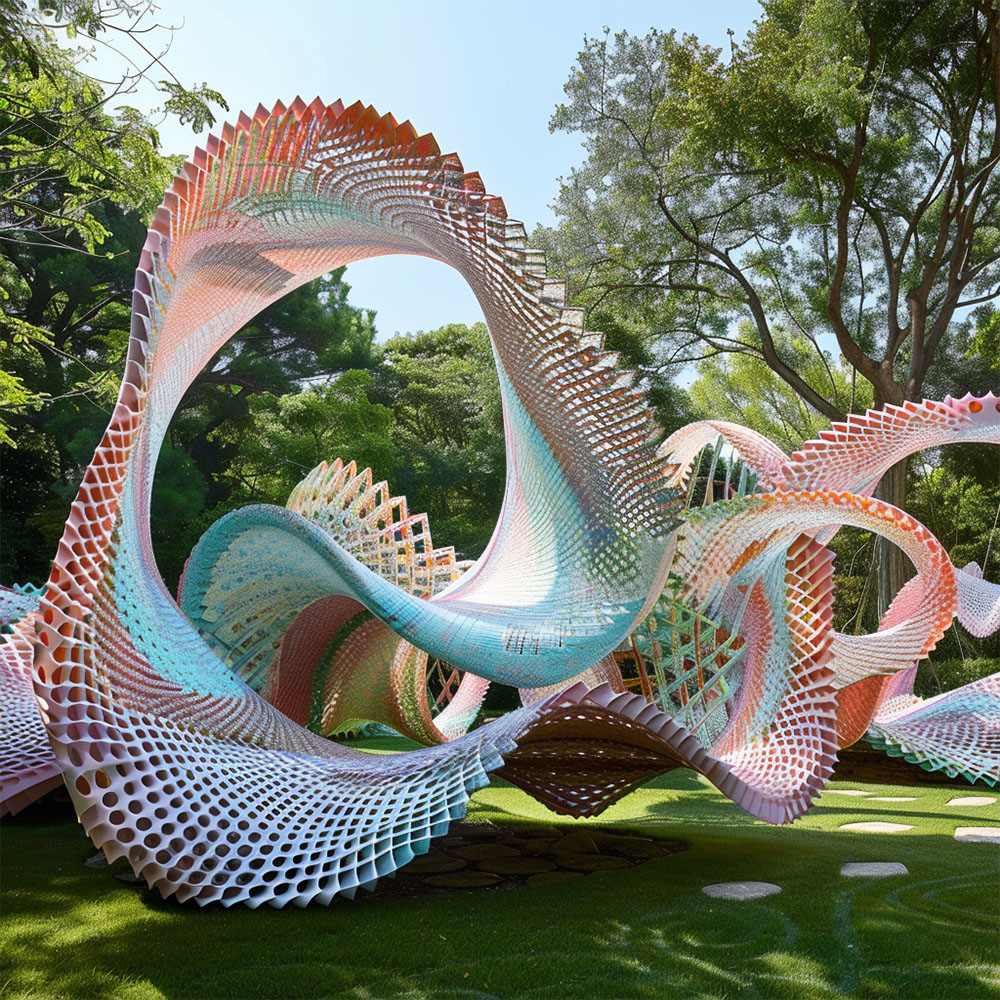
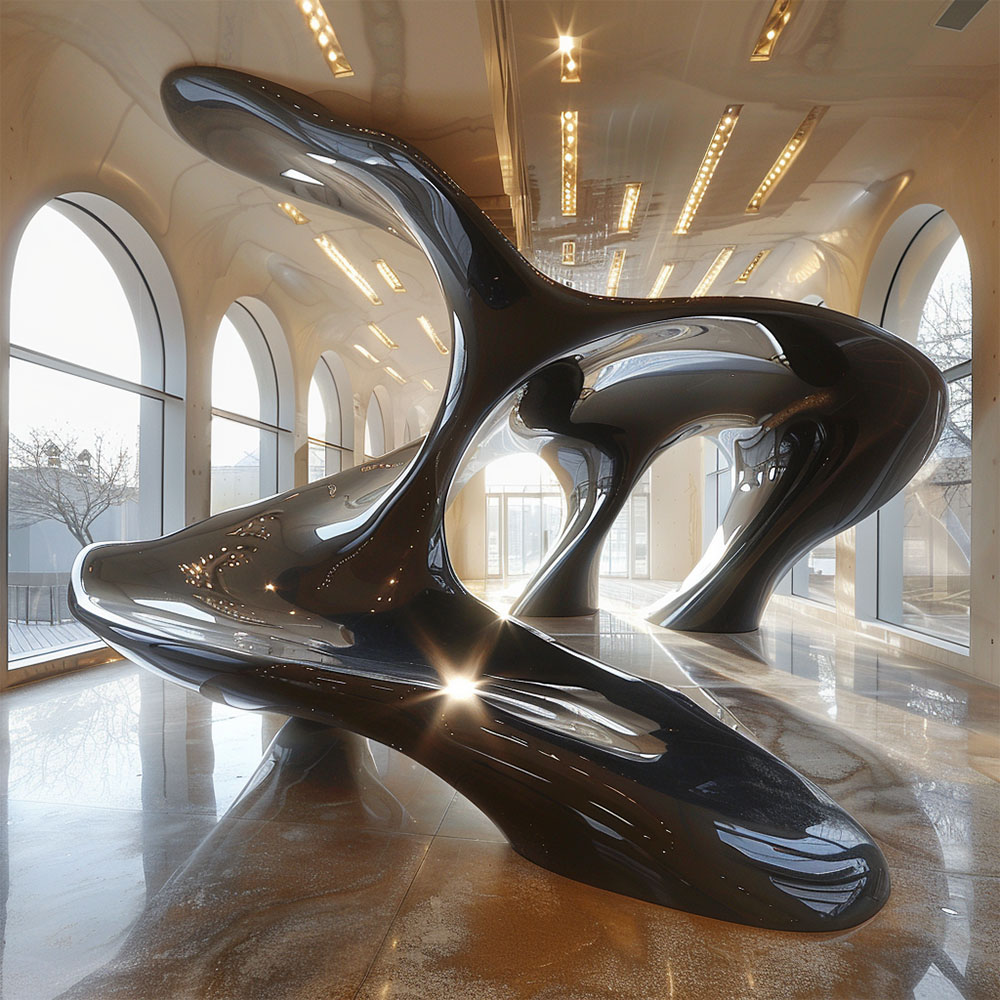
On day 1, Joshua described several responsive installation projects related to digital fabrication, parametric design, and robotics to help the students better understand the flow of imagination and explained the principles behind the projects. In particular, Joshua emphasized the use of different techniques such as lattice, custom laser, leaves, cut acrylic, and how the installations respond to movements, shakes, and IR sensors. Even if the analog and digital mediums used change over time, the fact that design processes are always iterative, allows us to always refine our workflow and imagination. Focusing our perspective on the interesting similarity of this iterative and cyclical process definition to the working principle of AI makes it possible for us to shape this notion of a process in our perception.
After giving a brief introduction to the Midjourney interface and introducing text prompts, image prompts, parameters, commands, and upscaling/variations, Joshua explained the text-to-image, image-to-text, and image-to-image techniques of words+pixels and explained how this generative tool thinks and reacts.
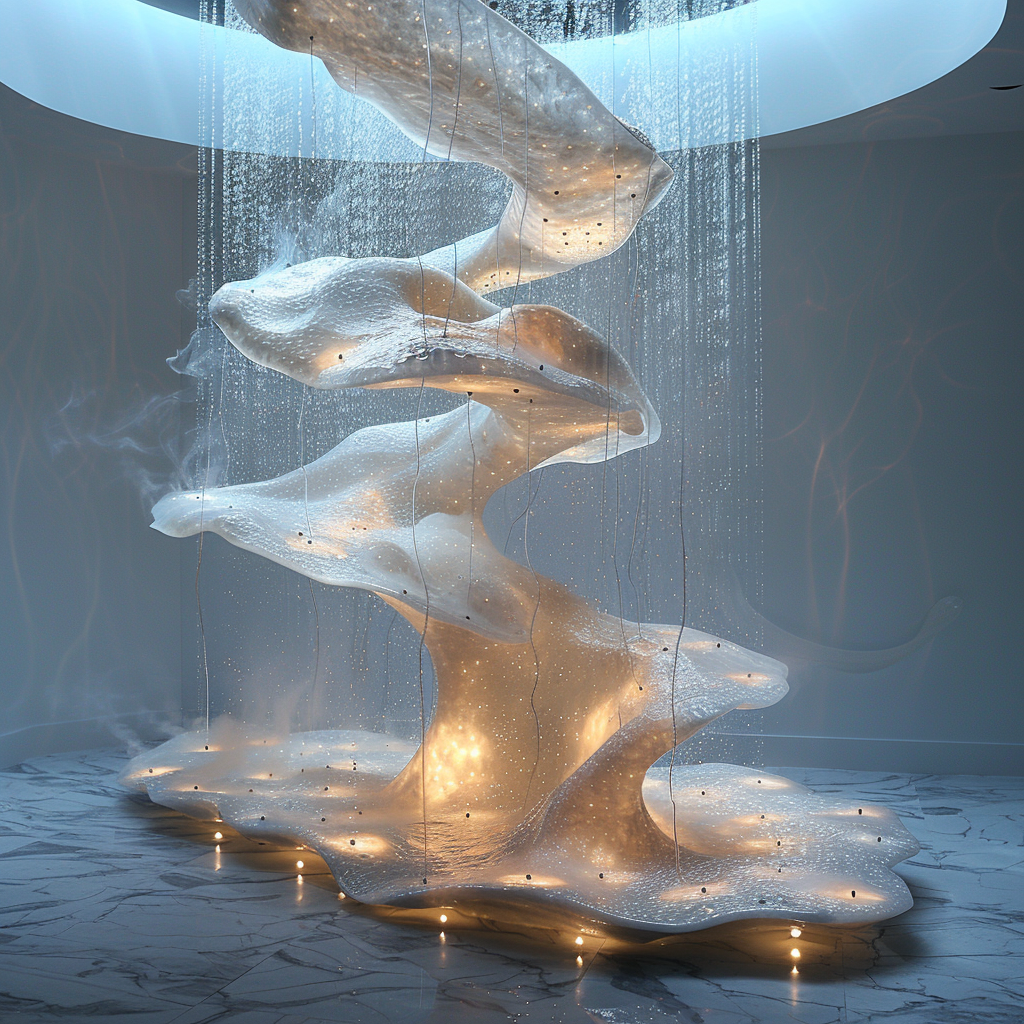
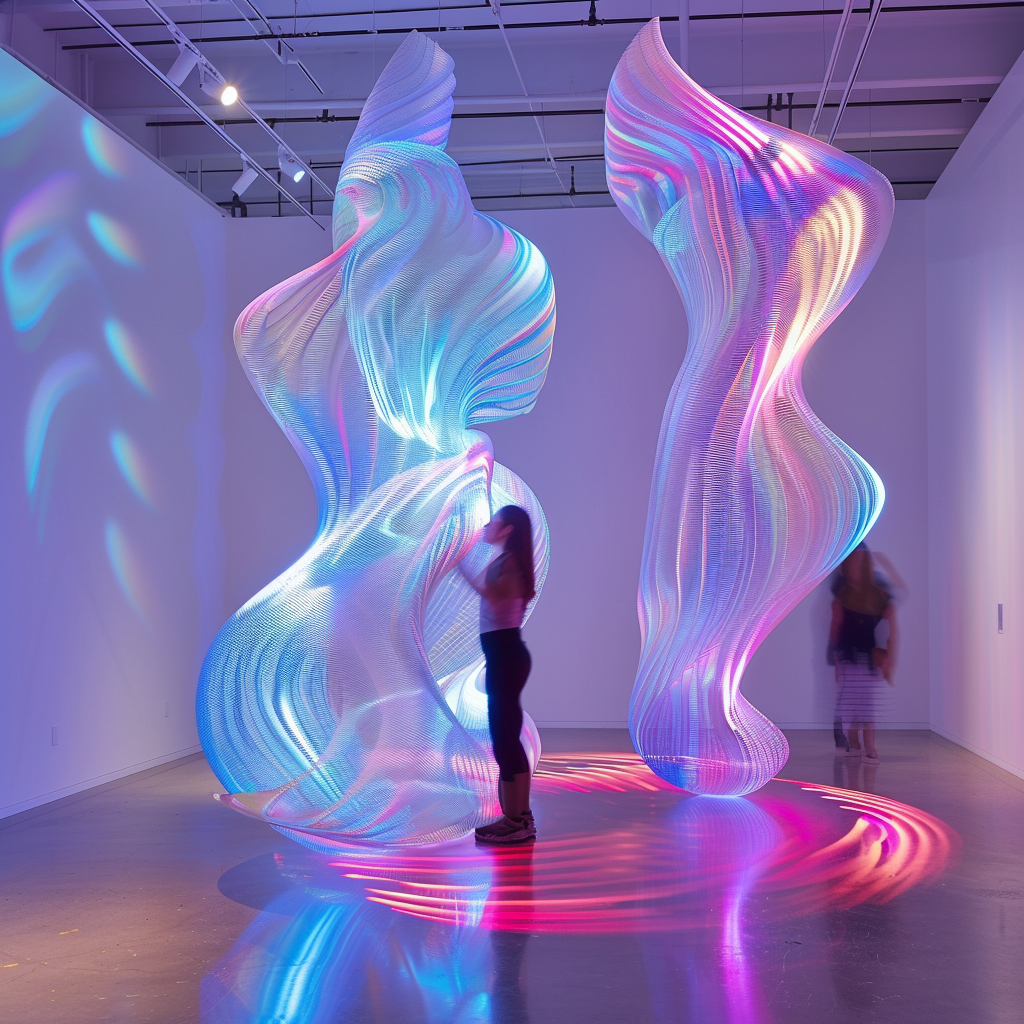
Joshua highlighted that it is crucial to communicate with the machine to explain exactly what you want the machine to produce by formulating ideas and divergent thinking like defining the architectural effect, atmospheric materials, textures, etc. for trying to express ideas, desires, goals, ambitions that designers want to express towards their projects and idea iterations. Carrying on, Joshua explained how participants can begin to really develop their text prompts. He shared several frameworks and showed how these frameworks can be used in different ways and styles by showing example text prompts and result visuals.
After that, Joshua created an experimental and collective line by calling for our participants to produce individually according to the framework given in the workshop’s private interactive discord server.
On day 2, the continuation of our workshop started with Joshua checking over text prompts, generated images, and workflows created by participants. After that, Joshua unveiled the techniques for experimentations and refinement, namely style-to-image (style tuner, style reference), consistency techniques (character reference), parameters+models (niji, raw, stylize), world-building techniques (pan, zoom, animate) and image-to-point cloud techniques (depth, mapping) then generated some examples on the discord channel with the tools and parameters he explained, showing the participants how they could have more control over their generations and how they could make their designs more personalized.




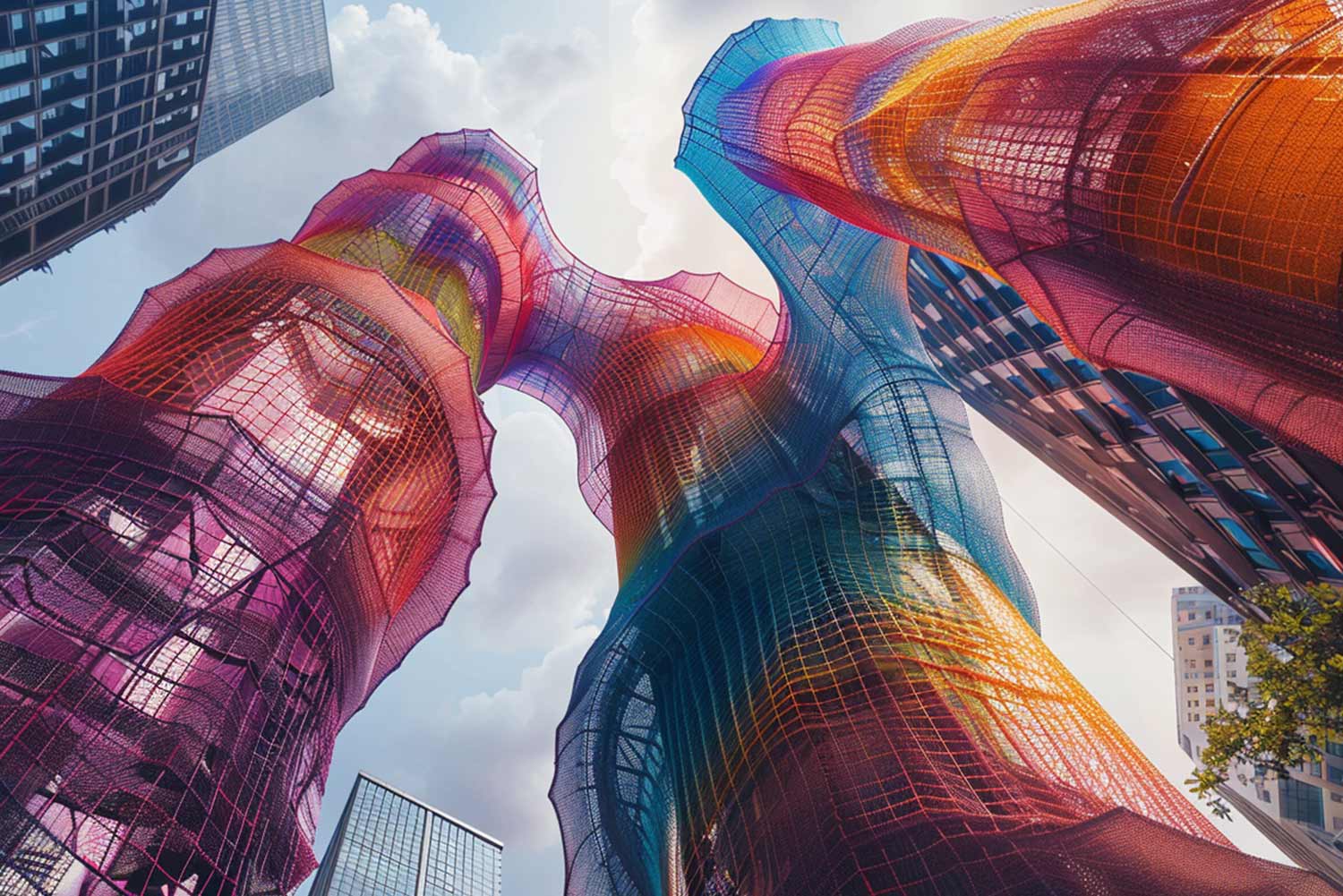
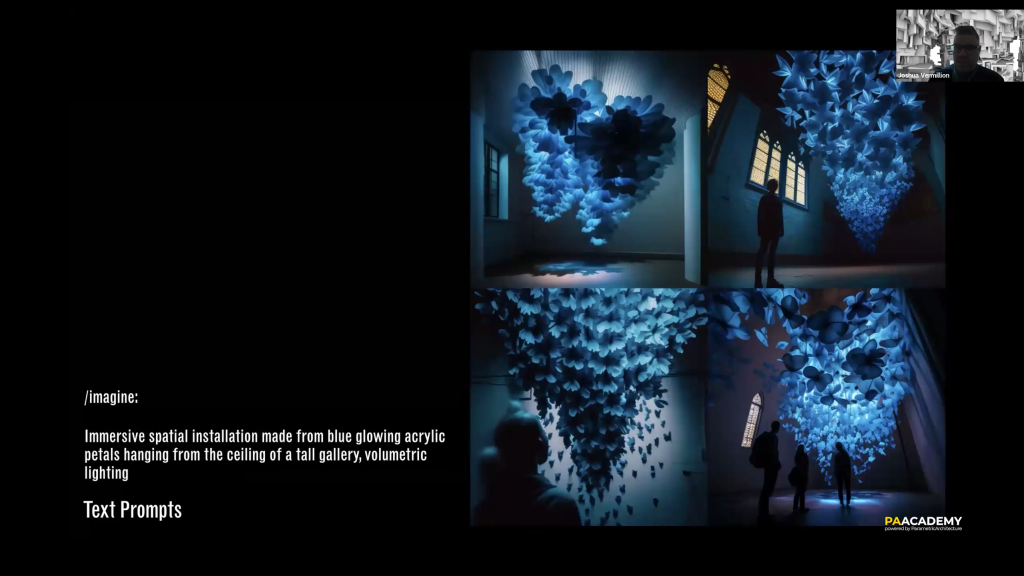
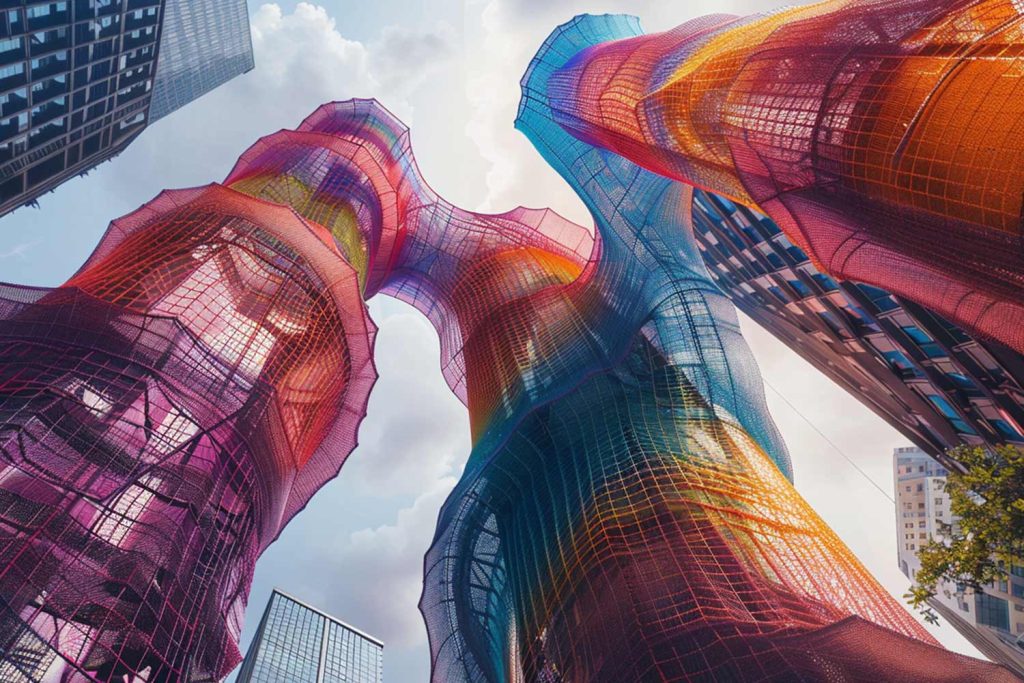


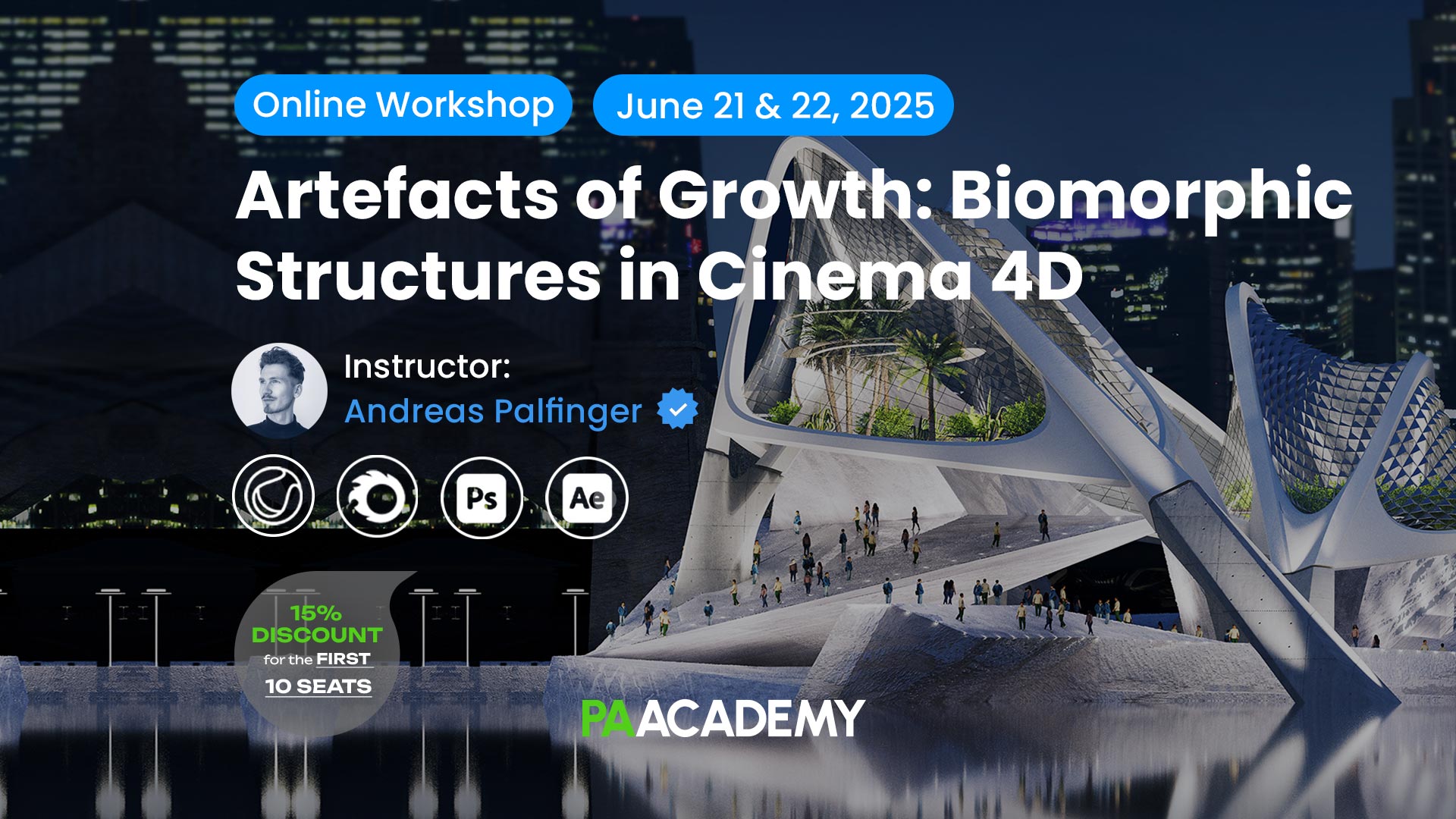










Leave a comment